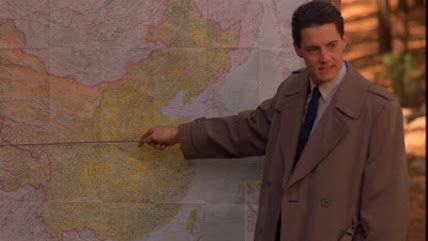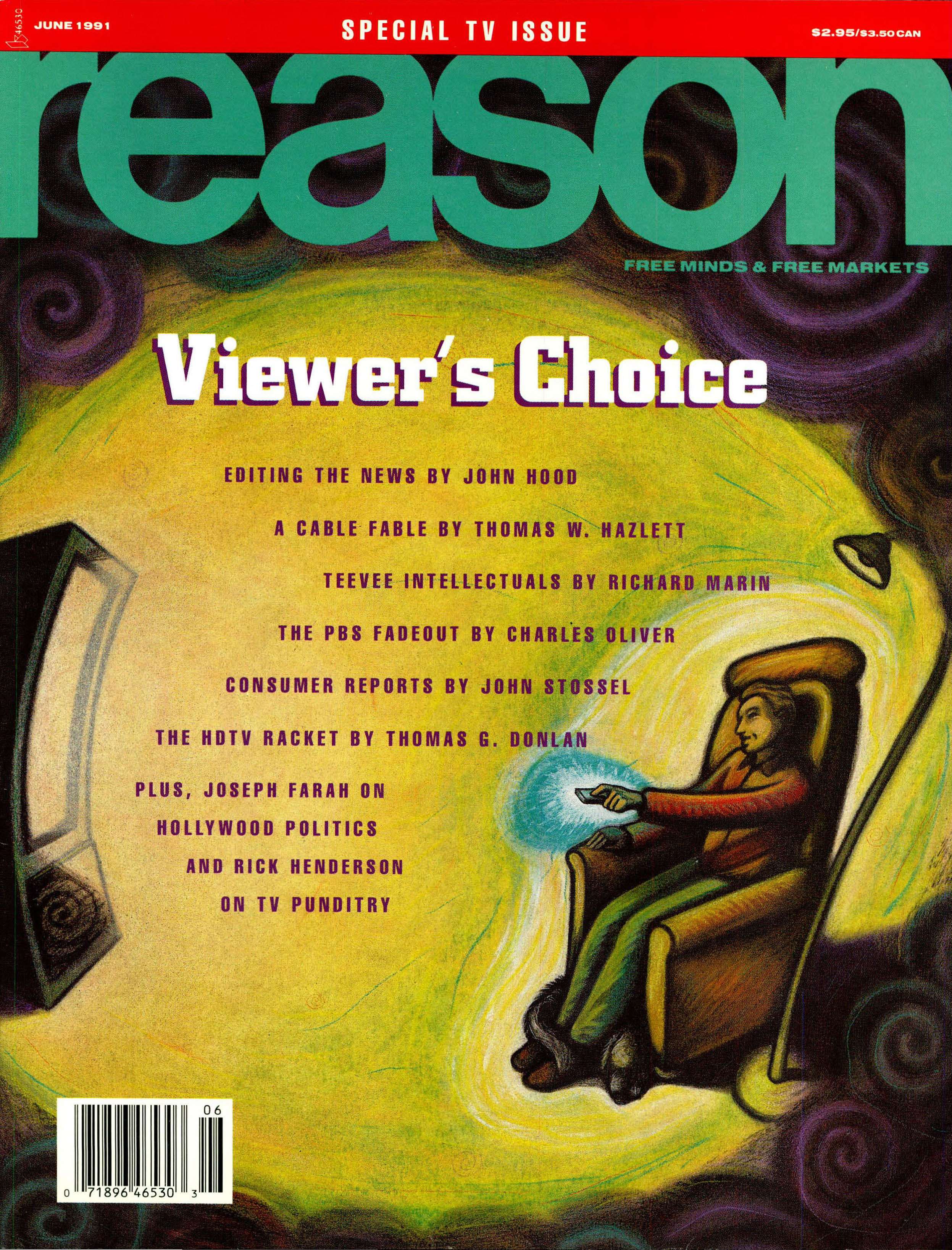Twin Peaks and the Moment TV Changed
Friday A/V Club: How lower entry barriers and greater consumer choice transformed television


When Twin Peaks came back to television this week, the critics agreed on one thing: It was a hell of a lot weirder than the show's first incarnation. That's an impressive accomplishment, given how strange the original series seemed at the time. In May of 1990, just a month after the program debuted, a Time writer marveled that "such a 'difficult' show could achieve prime-time success."
You can give credit for that to cable TV, even though the old Twin Peaks wasn't a cable show. As that same Time piece noted,
when the networks accounted for 90% of TV viewing, a series needed mass-audience numbers to survive. Today, with the networks attracting less than two-thirds of the audience, an 18% or 19% share is a passing grade. A show of limited appeal like Twin Peaks can make it; the art-house audience has become a marketing niche.
In retrospect, that 1989-90 season was full of signs that a new TV era was beginning. The Simpsons became a weekly series, sparking a sometimes wildly creative wave of adult-oriented animation. Seinfeld debuted, bringing with it a style of humor that paved the way for a radically different sort of sitcom. And we were just a couple years away from Homicide: Life on the Street, a direct progenitor of both Oz and The Wire. Television was getting more inventive, and it was getting more inventive because of consumer choice. More choices meant more niches, more risk-taking, more artistic successes, and more entertainingly odd artistic failures. (1990 was the year of Cop Rock too.)
This shift has been an ongoing process, one that began before that season started and is still continuing today. But if I had to pick a single moment that encapsulated the change, it would be a sequence in the third episode of Twin Peaks—the scene where it became firmly clear that David Lynch's show was not merely "quirky" or "unusual" but flat-out weird. An FBI agent investigating a murder brings a crew from the local sheriff's department out to the woods, and there he launches into this spiel:
And then this happens:
I know I'm not the only person who got hooked on the series when I saw that. I suspect that the exact same scene convinced a lot of people never to watch the damn show again. But that's OK. That's how choice and niches work.
My favorite take on the original Twin Peaks, by the way, came from the Seattle-based writer Clark Humphrey. While most critics were calling the show the most surreal thing they'd ever seen on TV, Humphrey kept insisting that this was simply what the Pacific Northwest was like. "Having grown up in a Washington sawmill town," he reiterated recently, "I loved the series as a mostly-realistic portrayal of power and frustration in such a place."
Not having grown up in a Washington sawmill town myself, I can't judge whether he's right. For all I know those spots are just crawling with log ladies and backwards-talking dwarves. Whether Humphrey was right was beside the point: I liked his take because it was eccentric, and that's what such an eccentric program deserved.
(For past editions of the Friday A/V Club, go here.)

Show Comments (10)